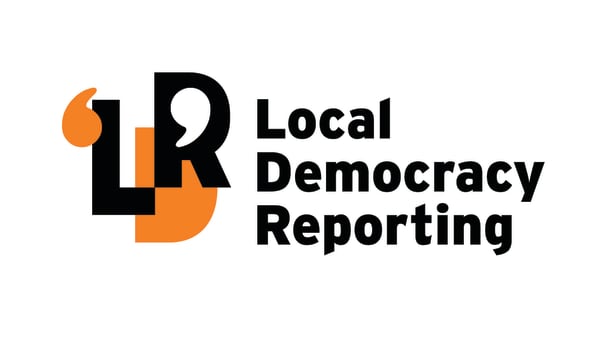A dad and surgeon is urging Gisborne’s council to consider the safety of children who commute to school after witnessing too many “near misses”.
The safety of school children proved a big talking point at the Regional Transport hearings in Gisborne on Thursday morning.
After the “Let’s talk transport” consultation process, which included drafts of the Mode Shift Plan, Active Travel Strategy and Regional Transport Plans and Regional Public Transport plans, council received over 300 submissions.
Cracked pathways, unsafe or nonexistent crossings, and lack of cycleways were among the issues raised.
Surgeon and father Roberto Sthory said at work he experienced first-hand the dangers of what can happen when safe crossings and pathways are not provided.
“We need something safer for our kids to cross,” he said.
“I drive Ormond Road daily and it blows my mind the number of near misses I see.
“I find it unacceptable that any kid is at risk of being run over and I would like it dealt with at your end,” he told the council’s hearings committee.
He suggested logging trucks should not be able to cross the city during school hours.
“Why do we allow them to ruin all of our roads? Can we provide them separate routes”, he said.
GDC director of community lifelines Tim Barry said he would like the science behind the risk of logging trucks to be considered before making any recommendations to alter routes or schedules.
“In my experience I have seen great accountability with logging truck drivers,”
he said.
Te Wharau School principal Mark Harris said children travelling to school should be “a major safety consideration”.
“A lot of our whānau use footpaths and accessways to get to school because transport can be a challenge.
“Some of our kids (from surrounding schools as well) have to cross major roadways to get to school”.
He named De Lautour Road, Rutene Road and Wainui Road and said, “there are no signed crossings on many of these roads”.
Speaker Ian Allen also addressed safety during his presentation to free up the roads.
“Please take extra care when you consider who you’re making these decisions for . . . our vulnerable are not often in a position to make submissions,” he said.
Lyall Evans’ submission echoed these safety concerns, as well as highlighting the health benefits of making roads more cycle- and walker-friendly.
“Oxygen is brought into the brain when kids exercise, which improves children’s ability to concentrate in school,” he said.
Nona Aston from Tairāwhiti Positive Ageing and former social worker Carolina Cortes also raised the concerns of the accessibility of Gisborne’s roads for vulnerable people.
“It’s such a shame that the new surf club (Midway)doesn’t connect with the board ramp along Midway, missing 20 metres of concrete pathway,” Ms Cortes said in her submission.
The lack of accessible pathways limited disabled people from moving around the city, she said.
“This demands more support from their families and community to help them move around.
“It limits them from living their life,” she said.
Ms Cortes submitted a video of her friend Josh, who is a wheelchair user.
“Most footpaths are rundown and access to the footpaths are steep, and really dangerous,” he said.
Mrs Aston, who is elderly and uses a mobility scooter and disability walker as her main mode of transport, urged councillors to borrow her scooter to experience the “dangerous” state of Gisborne’s pathways.
Councillors moved recommendations to escalate the priority of footpaths renewals and investment into pedestrian and cycle links, as well as having slower speeds during school hours and high visibility crossings around Te Wharau School.
The council also moved the recommendation to update the Active Travel Strategy maps to reflect the infrastructure needs for safe commutes for Te Wharau School kids, and to include proposed locations for pedestrian crossings.
Councillor Ani Pahuru-Huriwai said footpaths were a kaupapa coming through many submissions.
“They were all using the same language, about the same things . . . if we want people to walk, we have to provide safe footpaths,” she said.
Councilors on the regional transport committee are Debbie Gregory, Rob Telfer, Teddy Thompson, and Ani Pahuru-Huriwai.
Also present at the hearing was NZTA regional relationships director Linda Stewart, Director Sustainable Futures Jo Noble, Strategic Planning Manager Charlotte Knight, and councillors Andy Cranston and Colin Alder.
Of the 300 submissions, there were 17 presentations from members of the Gisborne community, who each had five mins to present and five mins for questions and answers.










